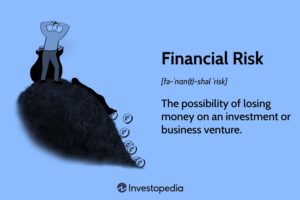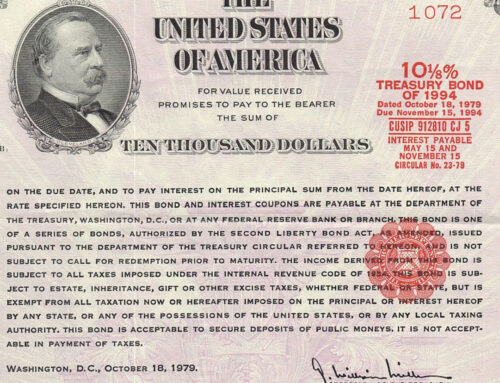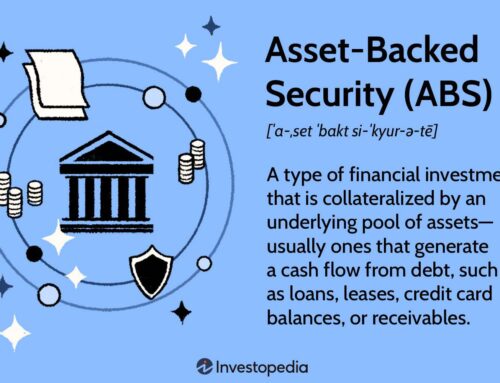
There are many different ways to invest in fixed-income securities. But as We are talking about investment, there are some risks as some rewards are attached to Fixed income securities.
Interest rate risk refers to the potential impact of changes in interest rates on the value of fixed-income securities. When interest rates rise, the prices of existing fixed-income securities tend to decrease because newer securities with higher interest rates become more attractive to investors. Conversely, when interest rates fall, the prices of existing fixed-income securities generally increase as they offer higher interest rates compared to newly issued securities.
The risk arises from the inverse relationship between interest rates and bond prices. If an investor holds a fixed-income security and interest rates rise, the value of the security in the secondary market decreases. This can result in capital losses if the investor needs to sell the security before maturity. Conversely, if interest rates decline, the value of the security may increase, resulting in capital gains if sold before maturity.
Interest rate risk is the risk that the value of fixed-income security will decline if interest rates rise. This is because the fixed-income security will no longer be as attractive to investors as other securities that offer higher yields.
The level of interest rate risk for fixed-income security depends on several factors, including:
- The maturity of the security: Longer-term securities are more sensitive to interest rate risk than shorter-term securities. This is because longer-term securities have more time for interest rates to rise.
- The coupon rate of the security: Securities with higher coupon rates are more sensitive to interest rate risk than securities with lower coupon rates. This is because securities with higher coupon rates have a higher yield, which makes them more attractive to investors when interest rates are rising.
- The credit quality of the issuer: Securities issued by lower-credit quality issuers are more sensitive to interest rate risk than securities issued by higher-credit quality issuers. This is because investors are more likely to sell securities issued by lower-credit quality issuers when interest rates are rising, which can lead to a decline in the security value.
Inflation Risk: Inflation risk refers to the potential loss of purchasing power due to the erosion of the real value of investment returns caused by inflation. Inflation is the general increase in prices of goods and services over time. When the rate of inflation exceeds the return on fixed-income security, the investor effectively loses purchasing power.
Fixed-income securities typically offer fixed interest rates, which means the purchasing power of the interest income may decline if inflation outpaces the interest earned. For example, if an investor holds a fixed-income security with a 3% interest rate while the inflation rate is 4%, the investor’s real return (adjusted for inflation) is negative (-1%). This means that even though the investor is receiving interest income, the actual value of their investment in terms of purchasing power is decreasing.
Liquidity Risk: Liquidity risk refers to the risk of not being able to quickly and easily convert an investment into cash without incurring significant losses. Fixed-income securities can be less liquid compared to other investments like stocks or cash. When an investor purchases a fixed-income security, they commit their funds for a specific period until maturity. If the investor needs to access their funds before the maturity date, they may face penalties or may have to sell the security in the secondary market, potentially at a lower price.
The liquidity risk of fixed-income securities depends on factors such as specific security, market conditions, and demand from other investors. Generally, longer-term fixed-income securities tend to have higher liquidity risk compared to shorter-term securities. Additionally, the liquidity of a fixed-income security may be affected by changes in market conditions, credit ratings, or investor sentiment.
Investors should carefully consider and assess these risks before investing in fixed-income securities. Diversification, understanding the investment horizon, and staying informed about macroeconomic conditions and market trends can help investors manage these risks effectively.




